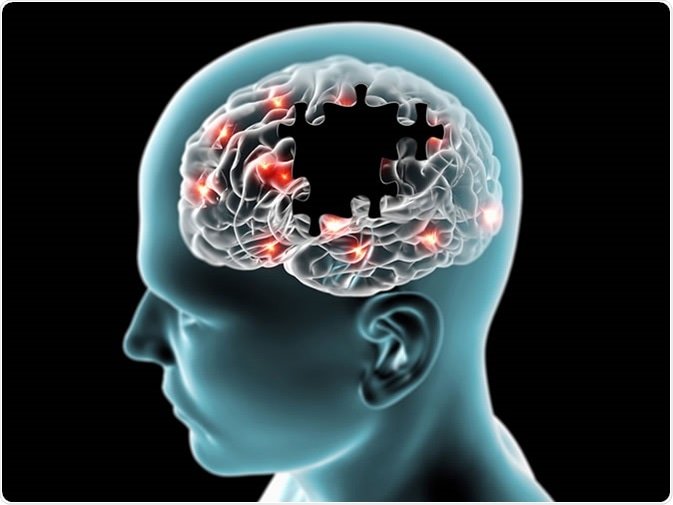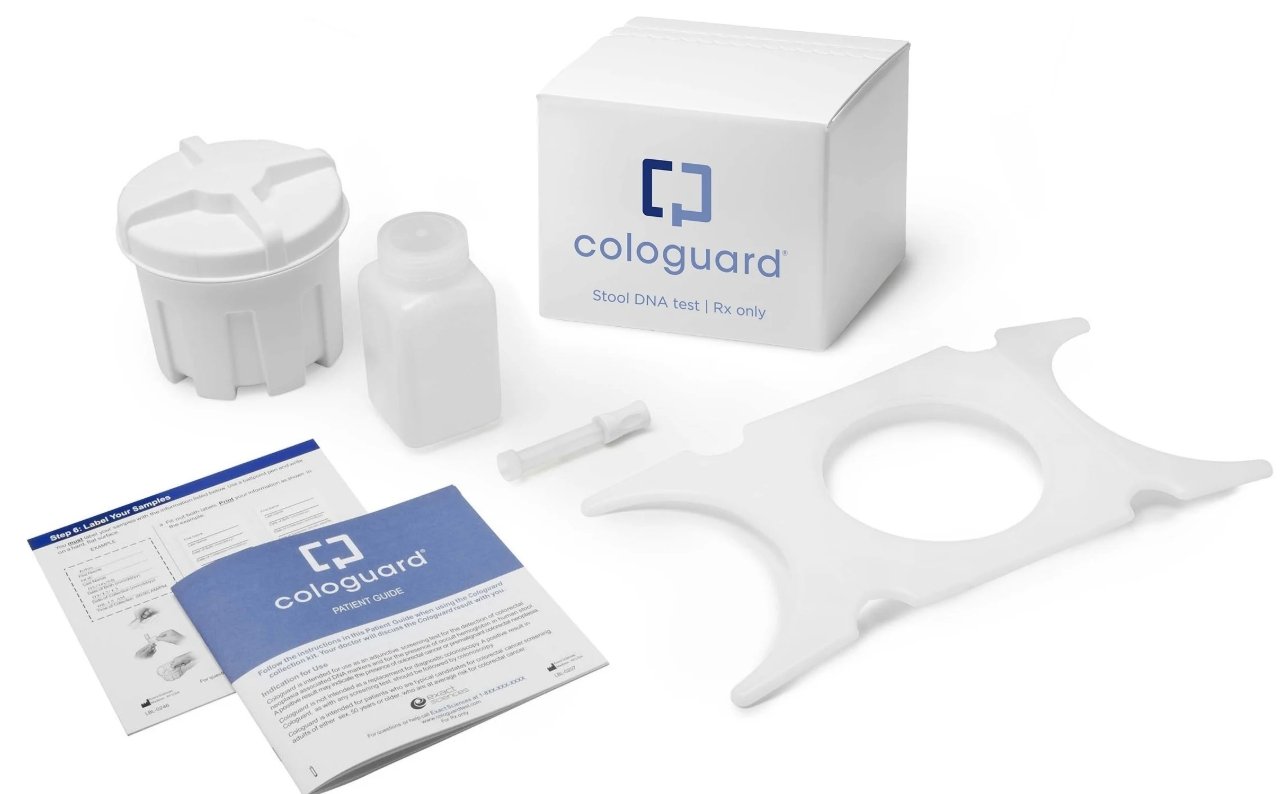
image credit- shutterstock
A viable treatment strategy for Alzheimer's Disease (AD) involves reducing abnormal protein accumulation in the brain with gamma waves. However, studies validating its therapeutic effects using non-focused ultrasound with gamma entrainment are lacking.
Now, scientists from the Gwangju Institute of Science and Technology in South Korea have demonstrated reduced protein accumulation in the brain by synchronizing brain waves to external ultrasound pulses at gamma frequency, opening doors to a non-invasive therapy.
Overall, the promising results of this study could pave the way to innovative, non-invasive therapeutic strategies for AD without side effects, as well as help treat other conditions besides AD.
"While our approach can significantly improve the quality of life of patients by slowing the progression of AD, it could also offer a new solution to other neurodegenerative diseases, such as Parkinson's disease", said the researchers.




